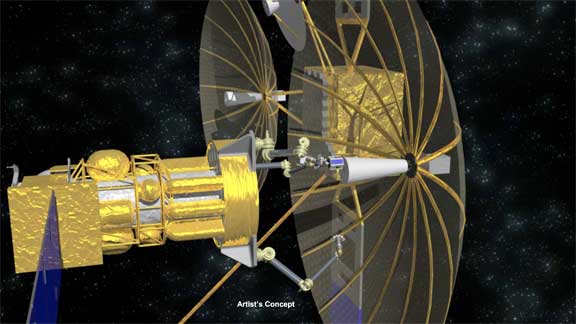When a communication satellite in geosynchronous orbit (GEO) fails 36,000 kilometers above the earth, typically, it is moved into a “graveyard” orbit where it remains indefinitely. Many of the satellites which are obsolete or have failed still have usable antennas, solar arrays and other components which are expected to last much longer than the life of the satellite, but currently there is no way to re-use them. DARPA pioneered on-orbit satellite servicing with the successful 2007 Orbital Express demonstrator mission. Future widespread pursuit of on-orbit satellite servicing would benefit from discussions regarding the broad spectrum of technical challenges and non-technical obstacles--ranging from policy, legal and other constraints--that may hamper progress in this field.
DARPA will host a conference to open dialogue within the international space community regarding on-orbit satellite servicing. The conference, “Fostering Sustainable Satellite Servicing,” will be held Tuesday, June 26, 2012, in Arlington, Virginia. This conference is open to the international space, satellite and related-technologies communities, and will include international speakers.
A catalyst for making on-orbit re-purposing a reality is DARPA’s Phoenix program. Phoenix aims to develop and demonstrate technologies to cooperatively harvest and re-use valuable components from retired, non-working satellites in GEO to create new space systems at greatly reduced cost.

Artistic rendition of the DARPA Phoenix program.
“DARPA looks forward to this opportunity to foster international discussion on satellite servicing,” said Dave Barnhart, DARPA program manager for Phoenix. “In concert with the global space community and our international partners, we hope to create innovative technologies and techniques for space-to-space activities. If successful, re-using existing satellite components may not only dramatically lower the cost of GEO satellite missions for Defense Department needs, but may also serve to demonstrate, through advanced techniques and technology, a model for future on-orbit servicing activities.”
For information regarding this conference, select this direct link.

